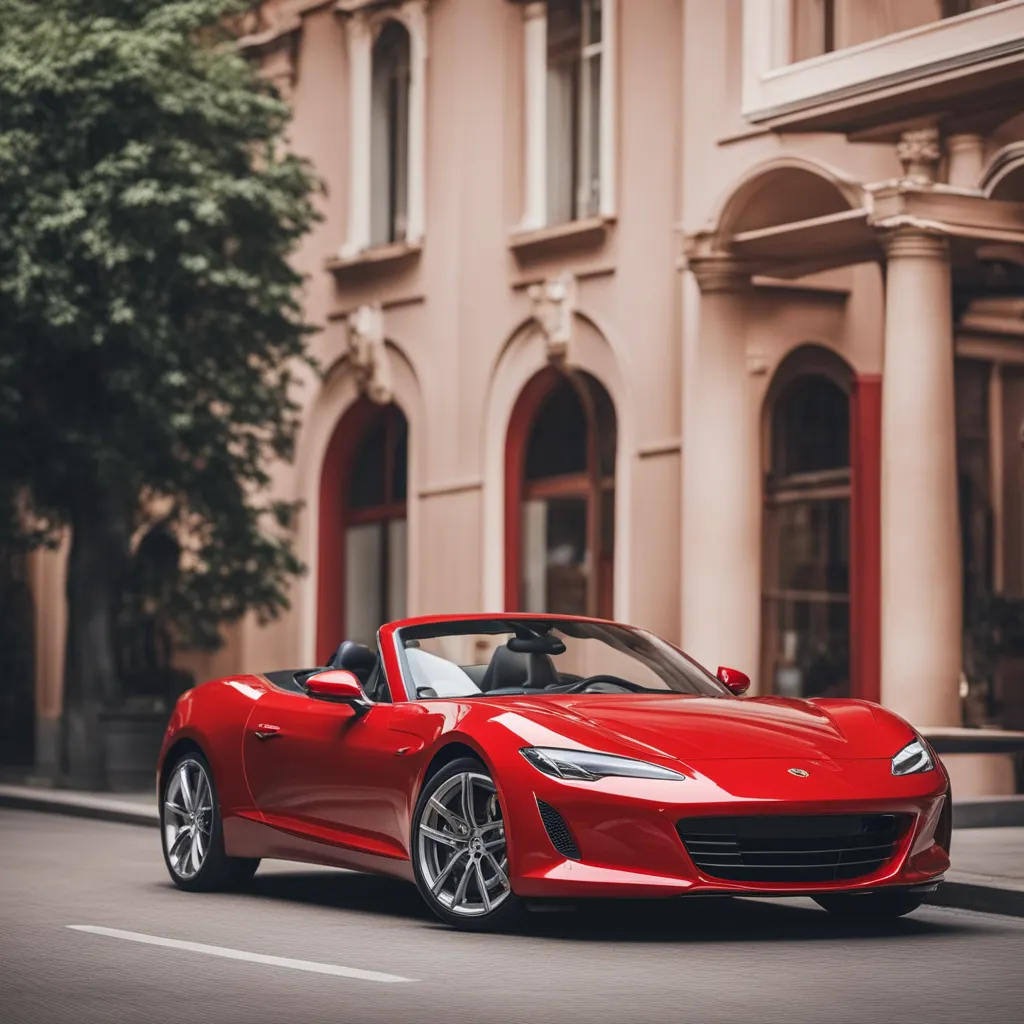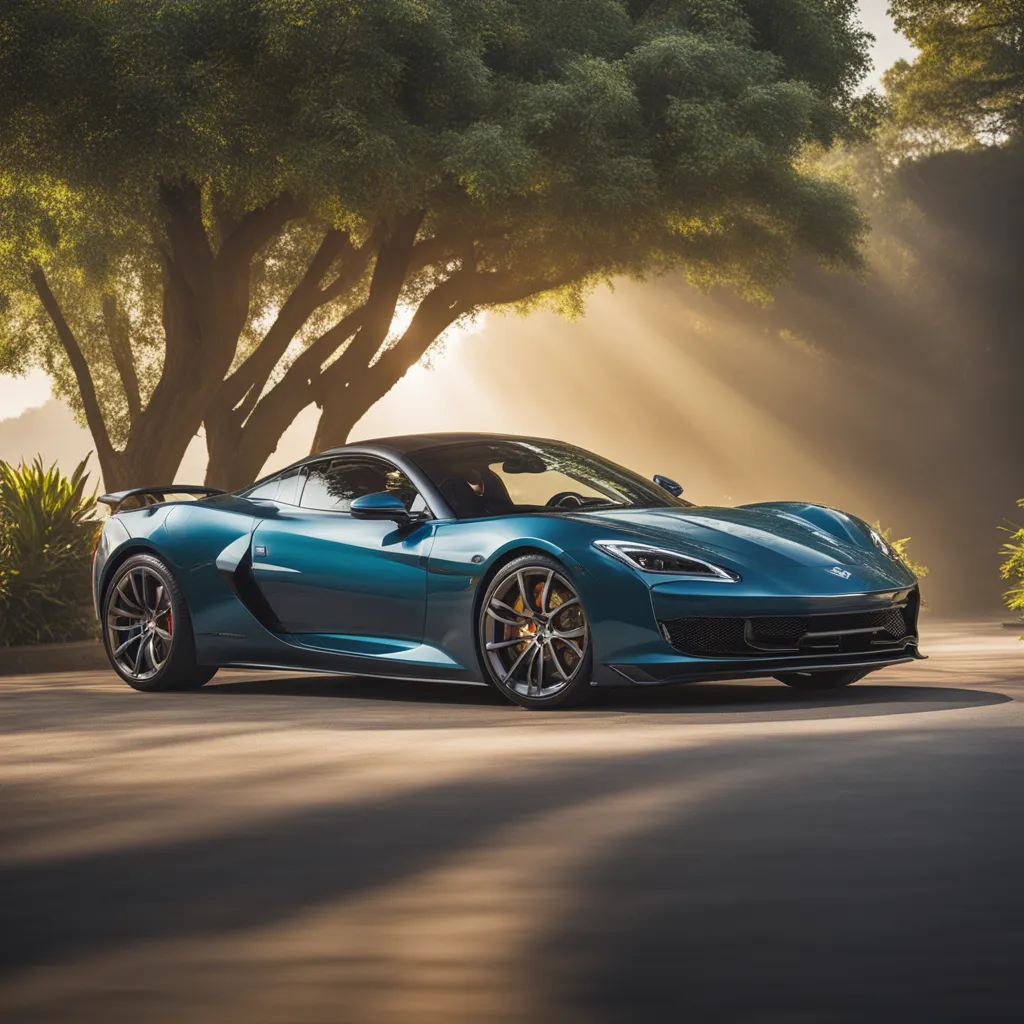Turbo-Charged Driving Secrets: Unleash the Roar of Your Sports Car
What makes the experience of driving a turbocharged sports car distinct?
Understanding the nuances of this exhilarating activity requires both knowledge and skill.
Turbocharged sports cars encapsulate power, speed, and advanced engineering, but unlocking their full potential demands a comprehensive grasp of various driving techniques, historical evolution, and performance nuances.
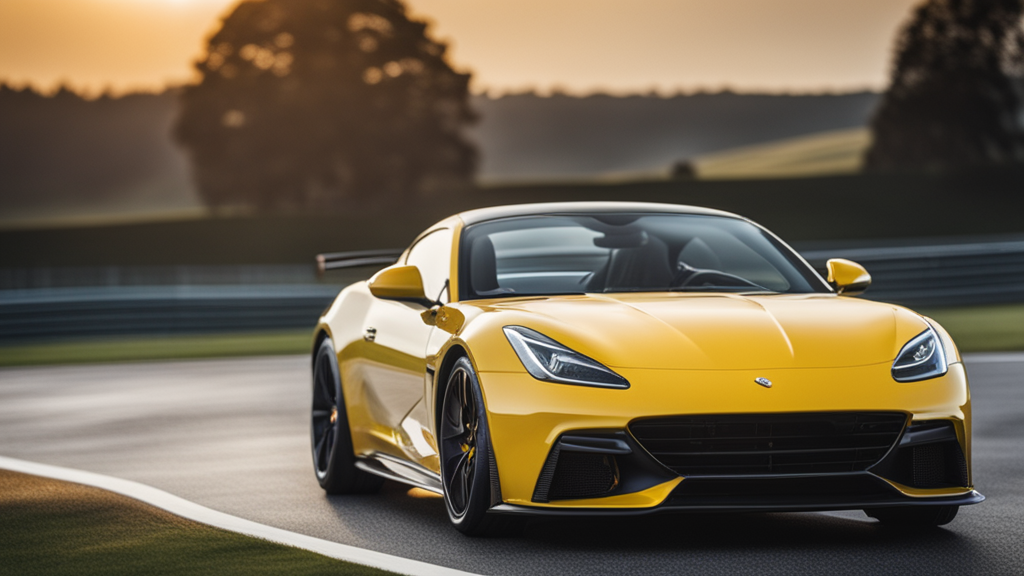
Unleashing the Roar: Mastering the Art of Turbo-Charged Sports Car Driving
Driving a turbocharged sports car is not merely about pressing the accelerator; it is an intricate dance of technique, timing, and understanding the machine beneath us.
We must recognize that effective driving hinges on several crucial aspects, including optimal throttle control, managing turbo lag, and efficiently harnessing the immense power these vehicles offer.
Optimal Throttle Control
Throttle control is fundamental when driving a turbocharged sports car. The accelerator is our most significant tool in modulating the power delivery from the engine to the wheels, impacting acceleration, traction, and handling.
- Smooth Inputs: We should practice applying throttle inputs smoothly. Abrupt acceleration can result in loss of traction, particularly in high-torque scenarios common in turbocharged vehicles. By pressing the pedal smoothly, we can maintain control and ensure that power is transmitted efficiently to the road.
- Partial Throttle Applications: In many situations, employing partial throttle applications can help avoid overwhelming the tires, especially in slippery conditions. This technique allows us to find the sweet spot of power delivery without breaking traction unnecessarily.
Managing Turbo Lag
Turbo lag can often be a puzzling phenomenon, especially for those new to turbocharged vehicles. Understanding and managing turbo lag effectively allows us to maximize performance.
- Anticipation: As drivers, we need to anticipate power delivery. By maintaining power through the turns, we can keep the turbocharger spooled and ready for action when we exit a corner. This demands practice in recognizing where and when to apply power, emphasizing patience and finesse.
- Gear Selection: Utilizing the appropriate gear can significantly influence the responsiveness of our turbocharged engine. Lower gears tend to provide more immediate power due to the increased engine speed, allowing the turbo to engage more readily. Thus, selecting the right gear can minimize the perception of lag and deliver the power where we need it.
Efficient Power Harnessing
Turbocharged sports cars provide immense power, but harnessing that power effectively is a matter of technique and skill.
- Braking Techniques: Proper braking can enhance acceleration. Utilizing techniques such as trail braking allows us to balance the car effectively while approaching corners, setting ourselves up for a strong exit where we can fully engage the turbo.
- Weight Transfer: Understanding weight transfer during acceleration is vital. We should appreciate how our inputs affect the car's dynamics, notably shifting our focus to smooth driving to facilitate an even distribution of weight, thus maintaining maximum grip.
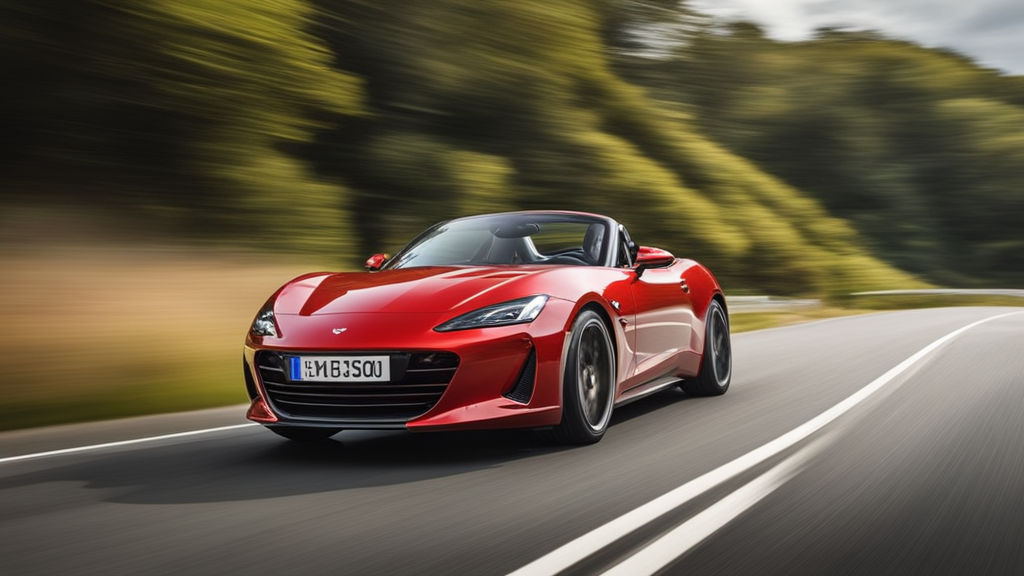
The Importance of Driver Skill and Experience
While understanding the mechanics of turbocharged driving is crucial, it is our skill and experience that truly unlock the potential of these powerful machines.
Experience in varied driving scenarios cultivates adaptability, making us more competent behind the wheel.
Developing Skillsets
Continuous learning and practice are essential to mastering turbocharged driving techniques.
- Track Days: Engaging in track days can provide invaluable experience, allowing us to push the limits of our abilities and better understand our car's dynamics. During these events, we can experiment with throttle modulation and braking while receiving feedback from instructors.
- Simulators: With the advancements in technology, simulators can serve as excellent tools for improving our skills. They allow us to practice without the inherent risks of real-world driving. Engaging with simulated environments aids in understanding the subtleties of turbocharged responses, aiding our development as drivers.
Recognizing Personal Limits
As we enhance our skills, acknowledging our limitations is equally essential to prevent dangerous situations. Turbocharged sports cars can reach speeds and performance levels that may intimidate even the most steely drivers.
- Composure: Maintaining composure when behind the wheel is paramount. We must recognize when we are pushing our personal limits and adjust our driving style accordingly. Building confidence over time is vital, but it should not come at the expense of safety.
- Seeking Guidance: The wisdom of experienced drivers can be invaluable in our journey to becoming skilled operators of turbocharged sports cars. Seeking mentorship or attending specialized driving courses enhances our knowledge and builds our confidence.
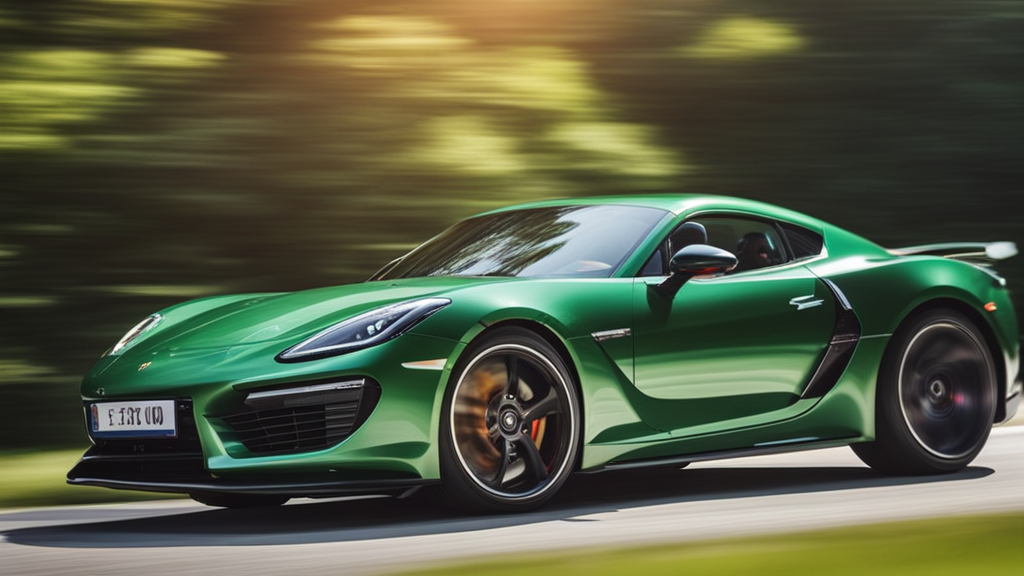
Unique Driving Characteristics of Turbocharged Sports Cars
Every vehicle has unique driving characteristics, and turbocharged sports cars are no different. Recognizing these differences equips us with the knowledge to adapt our driving styles accordingly.
Power Delivery Characteristics
Turbocharged engines deliver power differently compared to naturally aspirated options, impacting how we interact with the vehicle.
- Immediate Torque: Turbocharged engines often generate significant torque at lower RPMs, allowing for aggressive acceleration. We should learn to manage this power wisely, ensuring we maintain traction, especially during rapid acceleration.
- High-RPM Power: Conversely, some turbocharged engines may exhibit a power band that only fully engages at high RPMs. In these cases, understanding how to rev the engine appropriately can be crucial. We need to find the ideal moment to switch gears and exploit the full potential of the engine when acceleration is the most potent.
Handling Dynamics
Turbocharged sports cars are generally designed with performance in mind, which impacts their handling characteristics.
- Weight Distribution: We should take into account how weight distribution affects handling. Turbocharged engines can add weight to the front of vehicles, leading to distinct handling characteristics. Adjusting our driving techniques, particularly during turns, can help us navigate the vehicle's unique balance effectively.
- Steering Response: Turbocharged sports cars often feature quick steering responses. This sharp feedback requires us to be alert and precise in our inputs, as even minor steering adjustments can lead to significant changes in direction.
Braking Systems
The advanced braking systems of turbocharged sports cars require careful consideration and understanding.
- High-Performance Brakes: Understanding the intricacies of high-performance brake systems is essential as they often operate differently from standard brakes. These systems typically require proper heat management to function optimally, stressing the importance of understanding braking points and modulation.
- ABS and Traction Control: Modern turbocharged sports cars come equipped with advanced driver assistance systems such as ABS and traction control. Familiarizing ourselves with these systems can aid us in maximizing performance without sacrificing safety. We should practice how to engage these features effectively, fostering a confident approach to high-performance driving.

The Turbocharged Evolution: How Turbocharging Has Reshaped the Sports Car Landscape
Understanding the historical development of turbocharging in sports cars provides context for appreciating modern innovations in the automotive industry. From its early implementations to today's advanced technology, turbocharging has undergone substantial transformation, reshaping both performance and design.
Historical Development
Turbocharging was initially adapted for use in motorsport environments, where maximizing power and efficiency were paramount. The origins of turbocharging can be traced back to the early 20th century, with significant applications during the 1970s energy crisis.
- Initial Applications: Early implementations of turbocharged engines did not achieve widespread acceptance due to performance variability and reliability issues. Nonetheless, these initial forays paved the way for the technology's evolution, allowing engineers to refine turbocharger designs over the years.
- Adoption by Manufacturers: By the 1980s and 1990s, manufacturers began adopting turbocharging in production models. Models such as the Porsche 911 Turbo established a baseline of performance that has influenced countless subsequent designs.
Impact on Performance and Efficiency
One of the most significant impacts of turbocharging has been the enhancement of fuel efficiency and performance.
- Performance Gains: Turbocharging allows smaller engines to produce power levels that previously required larger engines. This innovation has enabled us to experience the thrill of driving powerful sports cars while also benefiting from improved fuel economy.
- Emissions Reduction: As manufacturers face increasingly stringent emissions regulations, turbocharging has emerged as a viable solution. By making engines smaller and more efficient, turbocharging contributes to lower emissions without sacrificing performance.
Driving Innovation and Competition
Turbocharging has significantly influenced the competitive landscape among sports car manufacturers.
- Continuous Improvement: The relentless pursuit of performance has driven brands to innovate constantly, leading to technological breakthroughs such as variable geometry turbochargers and integrated electric turbo systems. These advancements exemplify how competition forces manufacturers to push the boundaries of what is possible, benefiting enthusiasts like us.
- New Technologies: Emerging technologies such as hybrid turbocharging systems combine traditional turbocharging with electric motors, enhancing response times and efficiency. Understanding these developments allows us to appreciate the complexity and sophistication integral to modern turbocharged sports cars.

As we seek to unleash the full potential of turbocharged sports cars, we must recognize how knowledge, practice, and experience intertwine. Gaining mastery involves understanding optimal throttle control, managing turbo lag, and adapting to the unique handling characteristics of these vehicles.
Moreover, our appreciation for the historical evolution of turbocharging equips us with broader insights into the future of sports car performance. As we continue to engage with this dynamic field, our journey transcends mere driving; it becomes a shared exploration of engineering, innovation, and the unyielding pursuit of speed and exhilaration.

